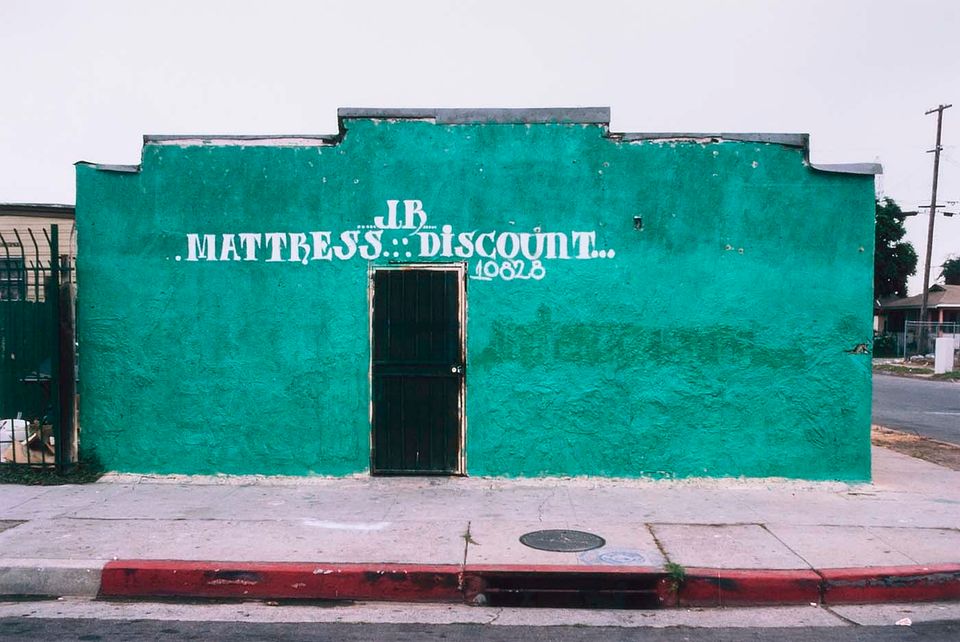

This is the sixteenth in a series of personal observations about how people experience and explore museums. Take a look at Howard's other blog posts about seeing things.
Photography has a way with time. Two works of art, both photographic series currently on view, speak to each other in a poignant dialogue without words. In the Lincoln Gallery, on SAAM's third floor, Nicholas Nixon's The Brown Sisters can be seen on the wall adjacent to Camilo José Vergara's series 10828 S. Avalon Blvd., LA, a work whose compression is echoed in the title's insistence on abbreviations.
Nixon photographed the four Brown sisters (his wife, Bebe, and her three siblings) once a year beginning in 1975. The forty black-and-white photos capture the women over four decades, while the Vergara series looks at the life of a single building in Los Angeles over a span of thirty-three years, 1980-2013. In a way, we know more about the various lives of the building than we do about the Brown sisters. At least the building comes with identifiers. In 1980, when Vergara first photographed 10828 S. Avalon, the building was a bleach-white storefront church, "The Greater Mt. Calvary Missionary Baptist Church." Sixteen years later, it morphed into "Joe's Auto Parts." Fast forward to 2013 and the building is now a house for sale, complete with a yard and fence.
Vergara's Avalon series captures the physical and demographic changes in a Los Angeles neighborhood. Is his intent to show the renaissance of a neighborhood or reflect on its forgotten past? In Nixon's work, we look for hints in the shifting intimacies between each photo, the play of light, an expression on a face, what time does to us. The Brown sisters aren't even named. Still, we travel with them over forty years. We imagine their stories. We catch glimpses of our own lives. We know them and we don't.
In her 1977 seminal collection of essays, On Photography, Susan Sontag wrote, that “to take a photograph is to participate in another person's mortality, vulnerability, mutability. Precisely by slicing out this moment and freezing it, all photographs testify to time's relentless melt.”
Buildings and people change, but of course, not in the same ways. Human beings tell the most important stories just by living each day. One glance, one new wrinkle, one new grip of the hand and the story of the photograph changes, and with it our empathy for its subject.
Camilo José Vergara's work will be featured in SAAM's exhibition, Down These Mean Streets, opening April 14, 2017.

















